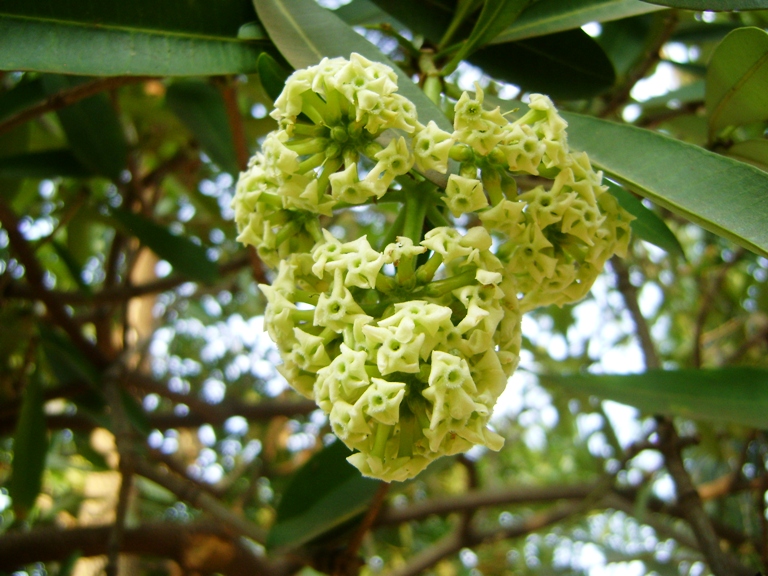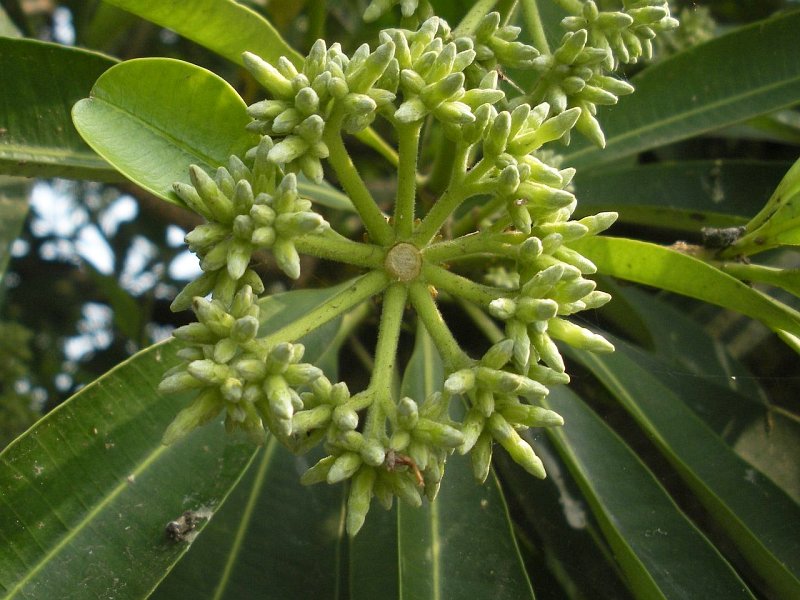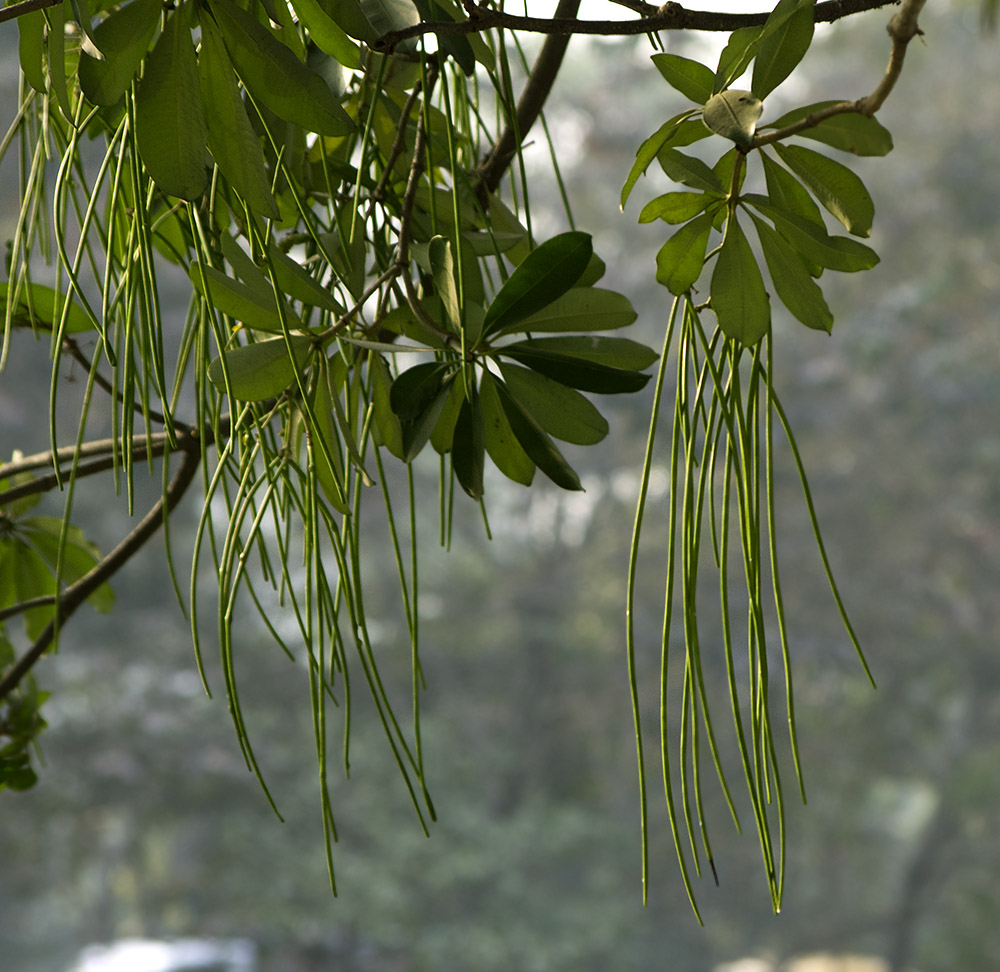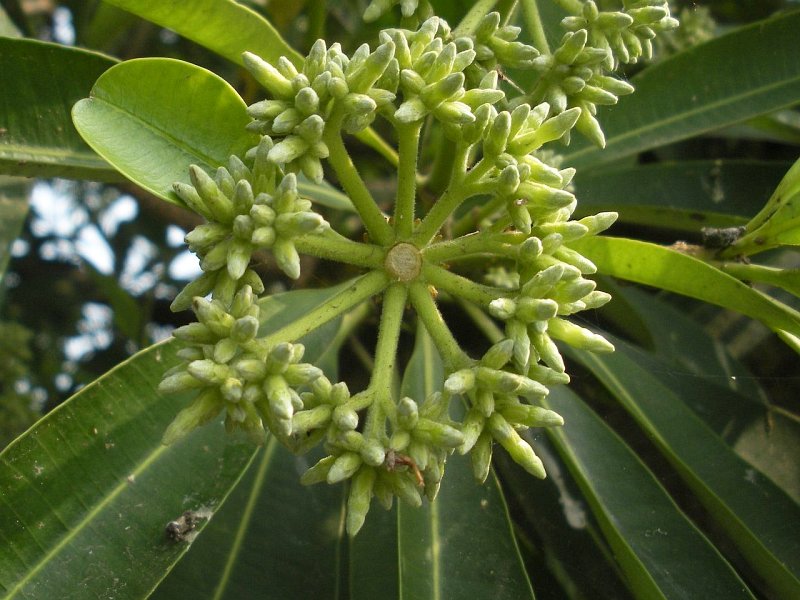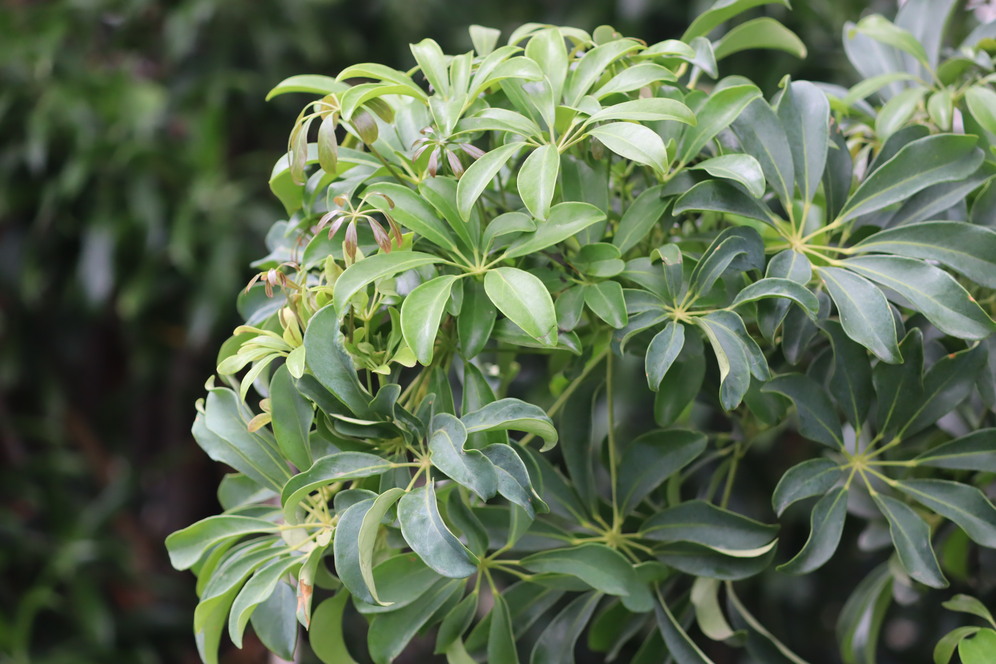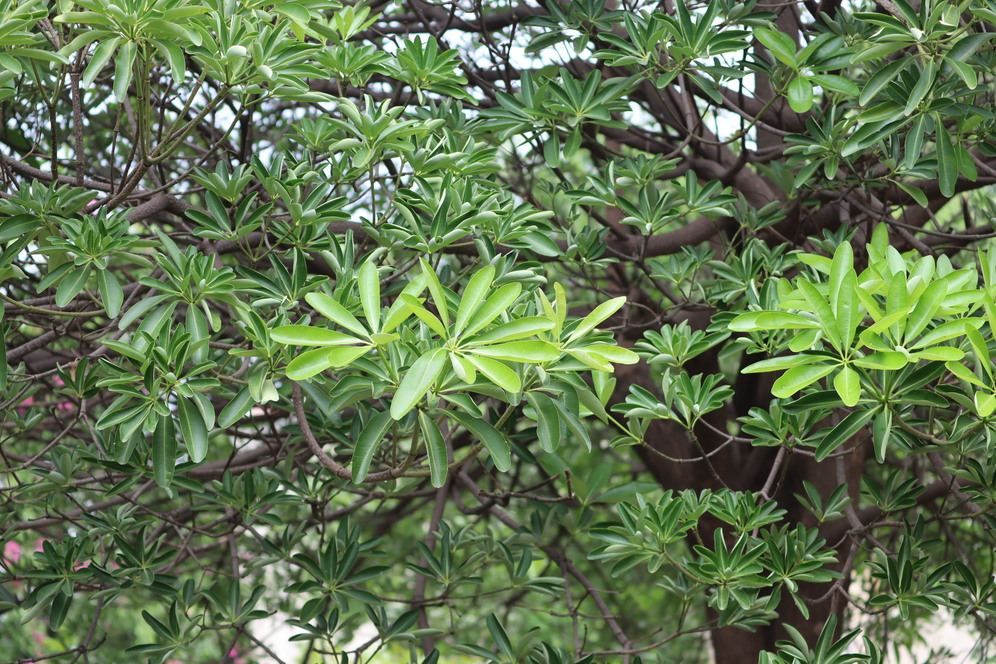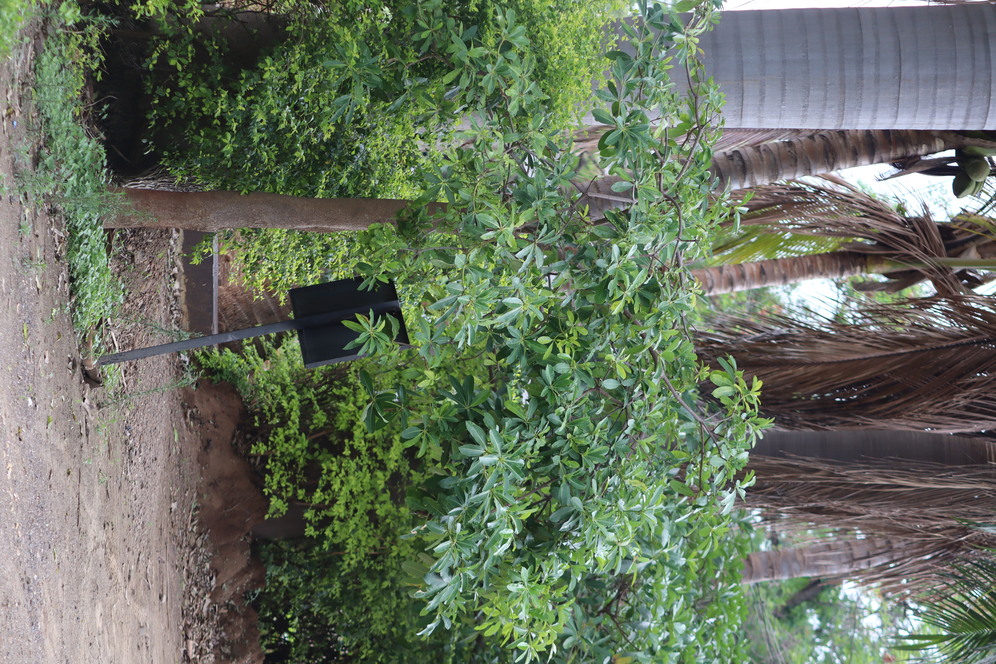Category : Angiosperms Share
Scientific Name : Alstonia scholaris (L.) R. Br.
Created By: Abhishek Bhor, Department of Botany, Annasaheb Awate Arts, Commerce and Hutatma Babu Genu Science College, Manchar
Created On: 11-08-2022
Specimen Information
Common Name(s):सप्तपर्ण, Devil’s Tree, Shaitan
Synonym(s): Alstonia kurzii Hook.f. Alstonia spectabilis Kurz Echites pala Buch.-Ham. ex Spreng. Echites scholaris L.
Family: Apocynaceae
Status: Alive
Description
Habit : Tall evergreen tree up to 18 m with bitter milky juice, glabrous except inflorescence. Stem : Bark grey rough and yellowish from inside, branches whorled, young branches lenticellate, when he bark is injured a milky juice comes out. Leaves : 4 - 7 in whorls, coriaceous, oblong - lanceolate, obtuse or bluntly acuminate, dark green above, pale and covered with whitish bloom beneath, base tapering, main nerves numerous, nearly horizontal, parallel, uniting in an intramarginal nerve. Inflorescence : Capitate cymes. Flowers : Small, fragrant, greenish white, in umbellate, branched many - flowered, pubescent capitate cyme, peduncles 2.5 - 5 cm long, pedicels very short, bracts oblong, pubescent. Calyx 0.3 cm, lobes oblong, obtuse, ciliate. Corolla tube 0.8 cm long, villous inside, mouth with ring of hairs, lobes cuneate oblong, rounded or sub-truncate at the apex, pubescent. Carpels pubescent. Fruit : Follicles 30 - 60 cm long and 0.3 cm in diameter, cylindric, pendulous in clusters, become completely averted after dehiscence. Seeds : 0.6 cm long, linear - oblong, flat, round with fringe of hairs at both ends. Flowering and Fruiting time : December - March, May - July. Significance : The tree is planted as an ornamental plant in gardens. The bark is used for treating asthma and heart ailments, fever and diarrhoea. The fruits are bitter in taste and are used as medicine against intestinal worms.


